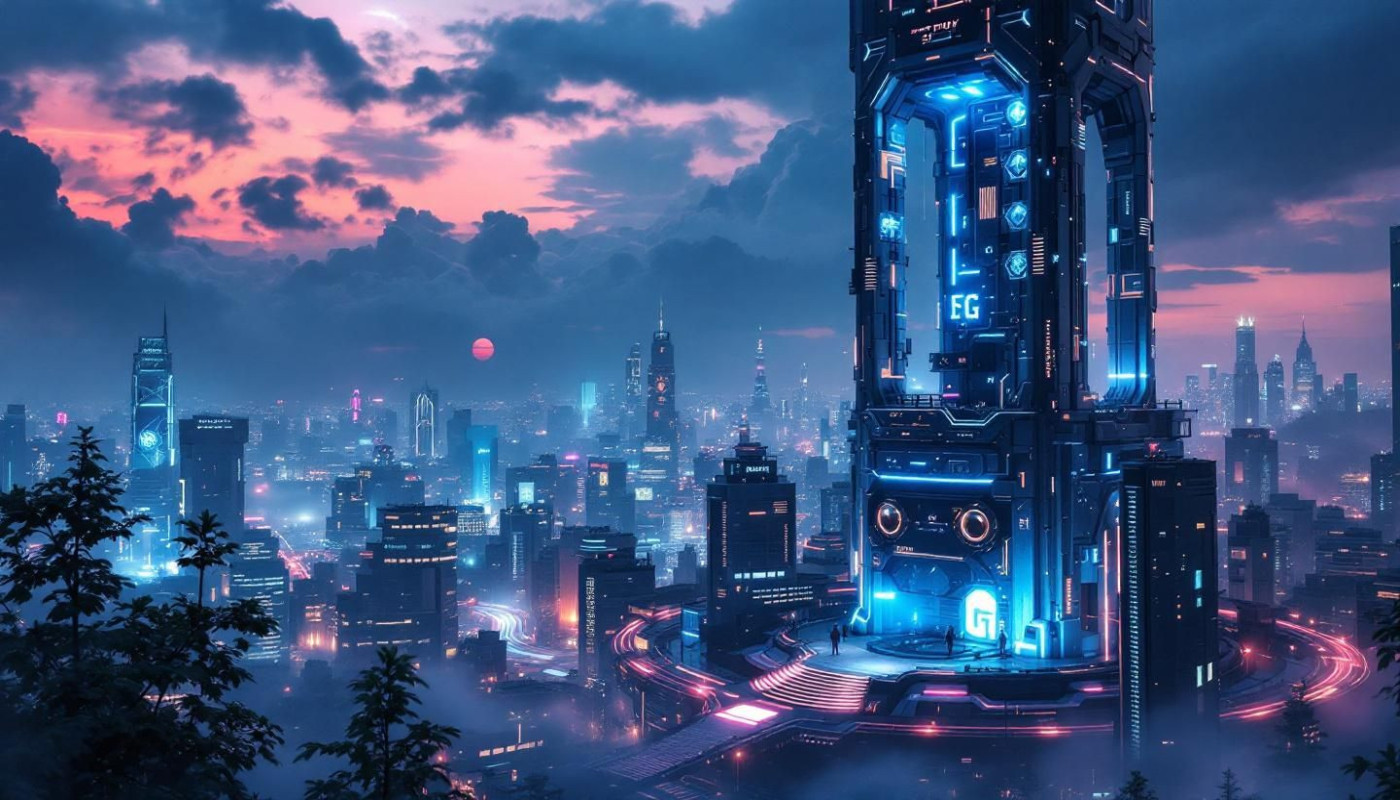Table of contents
The rapid evolution of AI image generators is reshaping the creative industry, offering new possibilities for artists, designers, and content creators. Understanding the strengths and limitations of these tools is vital for anyone seeking to leverage them for innovative projects. Explore the following analysis to gain insights into how AI image generators are transforming creativity, workflow, and visual storytelling in today’s digital landscape.
Evolution of AI image generators
AI image generators have undergone rapid transformation since their inception, fundamentally reshaping creative technology and the broader landscape of visual content. Early experiments with basic algorithms and primitive models have been replaced by sophisticated machine learning techniques, particularly the deployment of neural networks capable of producing highly realistic images from textual or conceptual input. Key milestones include the introduction of Generative Adversarial Networks (GANs), which allowed for the creation of images that surpass traditional stock photography in terms of originality and adaptability, and the later emergence of transformer-based models that further increased the quality and diversity of generated outputs. These AI advancements have accelerated workflows in creative industries, enabling designers, artists, and marketers to prototype and refine concepts with unprecedented speed and flexibility. The rise of image generation tools has also democratized access to high-quality custom visuals, allowing agencies of all sizes to compete on a more level playing field. A comprehensive analysis of these technological leaps would benefit from the expertise of a chief technology officer (CTO) within a major creative agency, who can contextualize the integration of AI into daily content production processes and evaluate its long-term implications. For those interested in exploring the latest developments and applications in this area, find more information at https://ai-neurona.com/.
Capabilities and creative potential
AI image generators have rapidly redefined the landscape of digital art by expanding the boundaries of what is possible in content creation and design innovation. Employing advanced generative models, these systems skillfully navigate latent space—a multidimensional mathematical construct where abstract concepts and visual features coexist—to produce highly detailed and original imagery. This process unlocks a diverse range of artistic styles, from hyper-realistic portraits to surrealist compositions and minimalist graphics, allowing creators to experiment beyond conventional aesthetics. Customization options are extensive, enabling users to fine-tune outputs by adjusting parameters such as color palettes, image resolution, and thematic complexity. This degree of control contributes substantially to visual creativity, as it empowers artists and designers to generate tailored visuals that suit specific project requirements or personal artistic visions. Such technological advancements not only facilitate efficient production workflows but also inspire entirely new forms of artistic expression, marking a significant evolution in the creative industry.
Limitations and ethical considerations
AI image generators, while transformative for the creative industry, present a range of technical and ethical challenges. Technical limitations often stem from the quality and diversity of training data, which can introduce data bias and result in outputs that lack inclusivity or misrepresent certain groups. Image authenticity is another pressing issue, as AI-generated visuals may blur the line between original and synthetic content, raising questions about creative integrity and the trustworthiness of digital works. Copyright concerns are at the forefront, since models trained on vast datasets may inadvertently reproduce elements from copyrighted material, complicating ownership and attribution. AI ethics must also address the potential for reinforcing stereotypes, unfair representation, and the misuse of generated images. These factors collectively impact the creative industry by demanding rigorous oversight in the curation of training data, careful assessment of outputs, and proactive strategies to uphold originality and ethical standards.
Industry applications and use cases
AI image generators are revolutionizing creative workflows across multiple sectors, with industry adoption accelerating as automation tools become increasingly sophisticated. In advertising, agencies now leverage AI-driven design to produce original campaign visuals tailored to specific demographics, enhancing visual marketing strategies and reducing turnaround times. Media companies have integrated AI systems into their pipeline integration, enabling rapid creation of editorial illustrations, infographics, and promotional content. Entertainment studios deploy these solutions for pre-visualization in film and game development, streamlining the concept design process and allowing for iterative feedback at unprecedented speed. Fashion houses utilize AI to generate lookbooks and virtual models, supporting creative teams in trend forecasting and product visualization. Metrics reveal measurable benefits such as reduced production costs, faster project delivery, and increased creative output. For further insight, the chief innovation officer from a leading media company highlights the enhanced flexibility and scalability that AI brings to content creation, emphasizing its role as a catalyst for sustained industry transformation.
Future trends and innovations
AI image generation is poised to undergo significant evolution, introducing fresh dynamics into the creative industry. According to the director of strategic foresight at an innovation lab, the creative future will be shaped by the rapid pace of AI trends and technology forecast analyses, emphasizing the emergence of multimodal AI. These systems combine visual, textual, and even auditory inputs to create seamless, interactive experiences, enhancing both image synthesis and storytelling capabilities. Expected breakthroughs include higher-resolution outputs, real-time rendering, and greater control over stylistic elements, allowing creators to fine-tune generated images with unprecedented precision. Emerging tools promise to democratize visual content production, making advanced design accessible to a broader audience. Nonetheless, challenges remain in terms of ethical frameworks, copyright protection, and managing biases within datasets. As AI trends continue to influence the creative industry, professionals can anticipate not only transformative workflows but also the need for updated best practices and adaptive strategies to navigate this rapidly evolving landscape.
Similar articles

Exploring The Future Of Communication With Private 5G Networks

Exploring The Impact Of User-generated Content In Modern Gaming

Exploring Effective Strategies For Implementing AI In Emerging Businesses

Exploring The Benefits And Applications Of Generative AI Across Industries

How To Refine AI-generated Art Through Community Feedback And Collaboration

How Implementing AI Chatbots Can Transform Customer Interaction And Sales

Exploring The Role Of AI In Streamlining Creative Visual Production

How AI In Generative Design Transforms Urban Project Delivery

Exploring Automated Tools For Efficient Server Maintenance And Security

